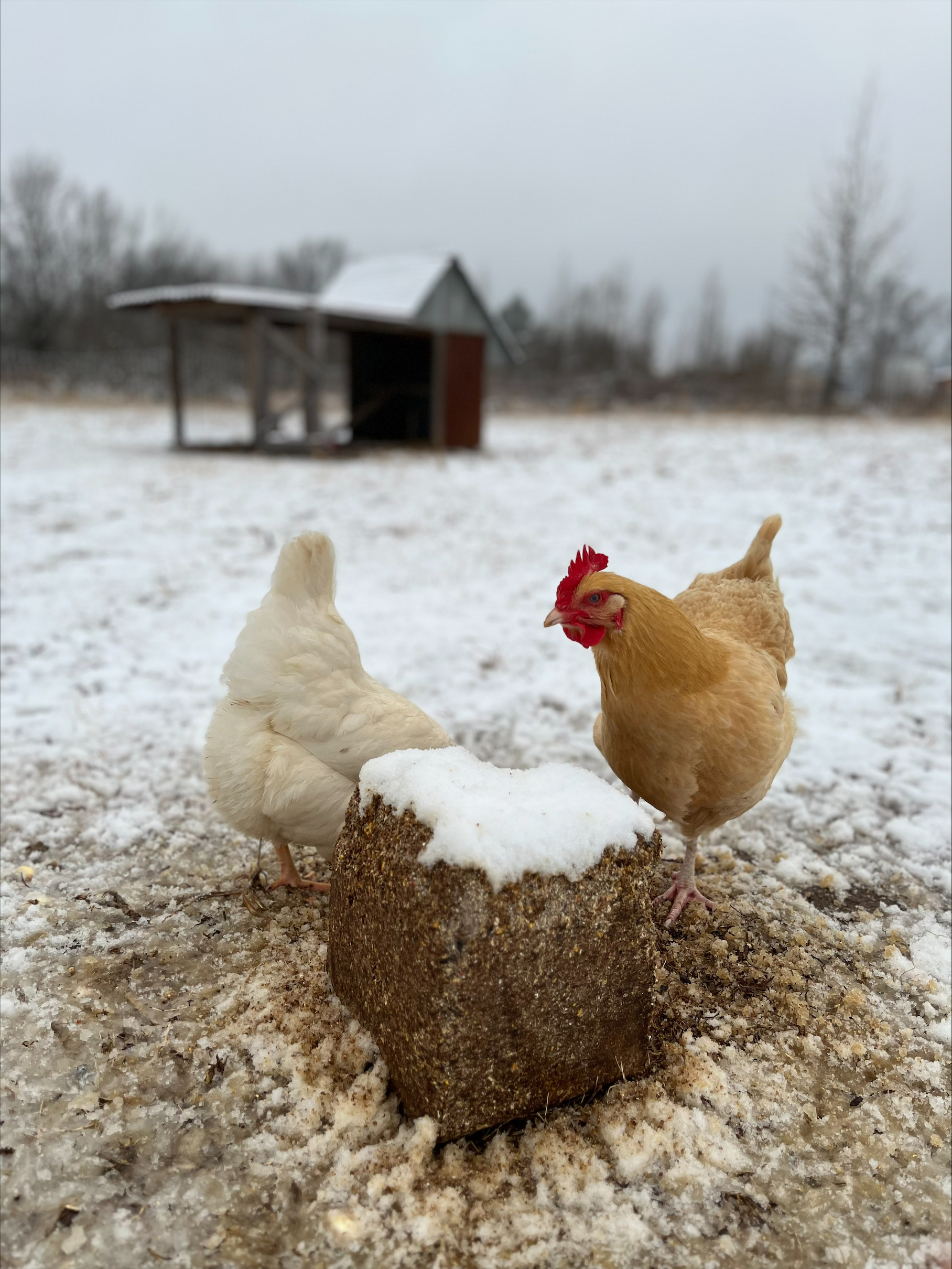Backyard poultry coops prepped for cold still require good ventilation

Backyard chicken flock owners preparing for the wave of extreme cold need to be sure their coops are not only warm, but also well-ventilated, said extension poultry experts for the University of Arkansas System Division of Agriculture.
On Wednesday, the National Weather Service at Little Rock said that “bitterly cold air will be in place across the Natural State early next week. Forecast highs are expected to be in the teens and 20s on Monday and Tuesday, with lows in the single digits and teens.
“Dangerous wind chill values are also likely, with most of the state expected to experience sub-zero wind chill indices Tuesday morning.”
Andrew Bolton, extension instructor-poultry science, said that “our backyard flocks do require some winterization similar to our outside pets.
“First thing is to make sure make sure we have a properly prepared coop ready for those birds to take shelter,” he said. “The coop should be inspected for any drafts and repairs made if necessary.”
Bolton said the coop should also have a roosting place to keep the birds off the cold floor. The roosts should be made of wood.
“It’s important to stay away from material that will retain the cold like metal and plastic as these could cause frostbite,” he said.
Dustan Clark, extension poultry veterinarian, said owners should “consider insulating the coop wall. Having wood shavings in the poultry house 4 to 8 inches deep will also provide some insulation.”
The tricky part is ensuring “our coops also need to be well-ventilated even in these frigid temperatures,” Bolton said. “This air exchange helps to remove moisture from inside the coop as well as prevent a buildup of ammonia in the air. This can be done by having vents in the roof or have partially opened windows on the coop but a material like burlap over that opening to help retain heat.”
As temperatures fall below 35 degrees Fahrenheit, supplemental heating is needed. Modern chickens can be traced back to tropical jungle fowl and are sensitive to temperature extremes.
“Heat sources should be at the height of nest boxes or the lowest rung of the roost,” Bolton said. “One option is using radiant heat such as brooders plates or hanging heaters. The other option would be an approved heat lamp with a heat bulb. Caution should be used when using a heat lamp and all fire risk warnings should be read and followed. Installing a thermostat in the coop can help you gauge the temperature inside the coop.”
“Observe your chickens routinely to see if they are cold stressed,” Clark said. “Look for fluffing of feathers and huddling.
Clark also noted that poultry can suffer frostbite on the comb, wattles, toes and feet. Frostbite will show as blackened or gray tissue and feel brittle.
“Consult your veterinarian on what to do if you see frostbite in your birds,” Clark said.
Both Clark and Bolton said birds should continue to have access to food and clean water. Maintaining fresh unfrozen water supply for the flock is critical.
“Birds in cold weather could increase feed consumption by up to 25%,” Bolton said. “It is important to ensure you have enough feed and to keep your feeders topped off.”
Clark also advised flock owners to gather eggs regularly to prevent freezing and discard any that are cracked or frozen.



